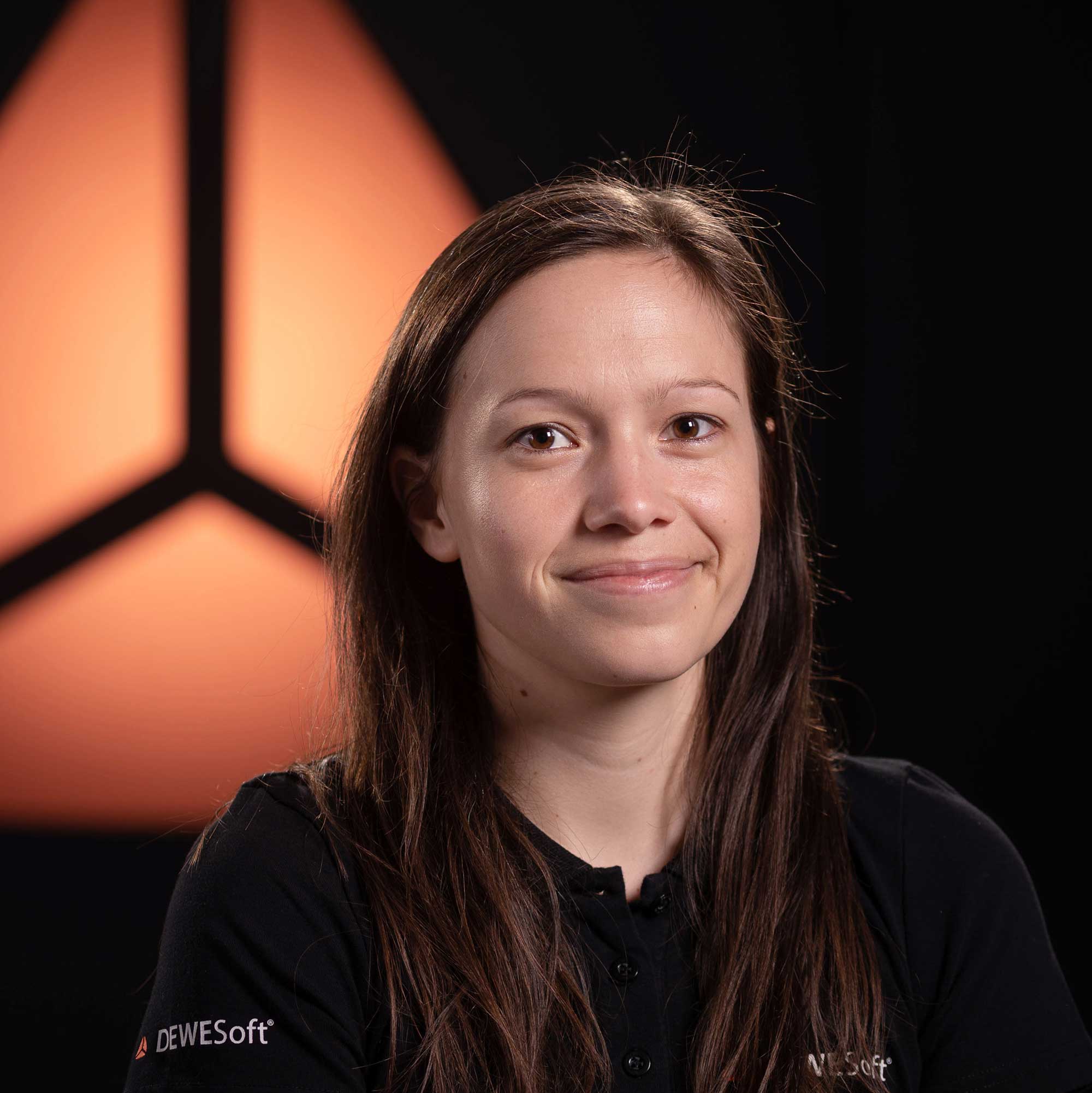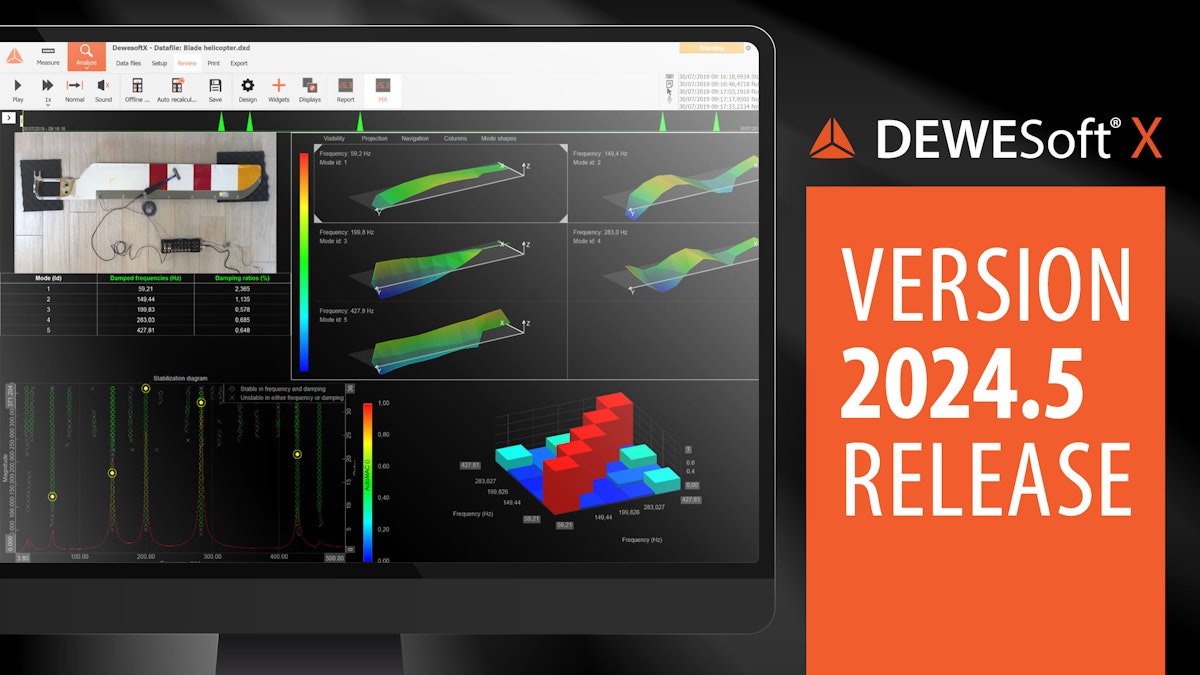Table of contents
Browse categories
Browse authors
 AB
ABAlberto Boffi
 AL
ALAlessia Longo
 AH
AHAl Hoge
 AB
ABAljaž Blažun
 BJ
BJBernard Jerman
 BČ
BČBojan Čontala
 CF
CFCarsten Frederiksen
 CS
CSCarsten Stjernfelt
 DC
DCDaniel Colmenares
 DF
DFDino Florjančič
 EB
EBEmanuele Burgognoni
 EK
EKEva Kalšek
 FB
FBFranck Beranger
 GR
GRGabriele Ribichini
Glacier Chen
 GS
GSGrant Maloy Smith
 HB
HBHelmut Behmüller
 IB
IBIza Burnik
 JO
JOJaka Ogorevc
 JR
JRJake Rosenthal
 JS
JSJernej Sirk
 JM
JMJohn Miller
 KM
KMKarla Yera Morales
 KD
KDKayla Day
 KS
KSKonrad Schweiger
Leslie Wang
 LS
LSLoïc Siret
 LJ
LJLuka Jerman
 MB
MBMarco Behmer
 MR
MRMarco Ribichini
 ML
MLMatic Lebar
 MS
MSMatjaž Strniša
 ME
MEMatthew Engquist
 ME
MEMichael Elmerick
 NP
NPNicolas Phan
 OM
OMOwen Maginity
 PF
PFPatrick Fu
 PR
PRPrimož Rome
 RM
RMRok Mesar
 RS
RSRupert Schwarz
 SA
SASamuele Ardizio
 SK
SKSimon Kodrič
 SG
SGSøren Linnet Gjelstrup
 TH
THThorsten Hartleb
 TV
TVTirin Varghese
 UK
UKUrban Kuhar
Valentino Pagliara
 VS
VSVid Selič
 WK
WKWill Kooiker
Dewesoftx 2024.5 Released - Updates to Modal Testing and Sound Power Modules, and More

October 27, 2025
We are excited to announce DewesoftX 2024.5, our latest release packed with new features. We’ve added several user experience enhancements to our Modal Test module. We’ve also improved the Sound Power module and introduced the new Sound Power vs. Order Tracking Math plugin. Users can now easily export multiple files or segments of the same file into a single Excel® file. Accessing CAN and LIN data has also been simplified by adding the CMP plugin. Furthermore, backend improvements enhance the visualization and handling of non-equidistant asynchronous data, ensuring a smoother analysis experience. Explore the Other updates section and dive deep into other updates in this exciting new version.

Modal test single operator improvements
New improvements in the modal test module offer a significantly enhanced single-user experience for impact tests. These new features enable an operator on the field to perform a complete impact hammer measurement without a single click, drastically reducing the time required to perform a modal test.
Here are listed improvements:
When double hits are detected, they will now be automatically rejected.
When the desired number of hits for the current measurement group is achieved, the module automatically moves to the next measurement group.
The new sound feedback output option gives the operator audio cues to indicate whether the last hit was accepted and which group is being measured next.
In rare cases when manual control is required, you can remotely control the Modal test module using keyboard shortcuts (defined under Settings > Extensions > Modal test). These shortcuts allow you to navigate between excitation and response groups, reset the measured group or reject the last measurement, and stop active averaging to prevent accidental hits once satisfied with the measured group.
Finally, the progress channel now also stores the number of averages used for each calculation group, which provides a better overview of the measurement status.
Sound power module upgrade
Sound Power is a crucial metric for measuring the total energy emitted by a source. It is critical in noise control, environmental assessments, and product design. We have improved multiple functionalities in the Sound Power application module and added some new features, which all contribute to enhanced testing.
New microphone configuration pictures
We’ve updated the pictures of microphone configurations described in relevant standards, such as ISO 3744 and ISO 6395.
Narrowband FFT sound power
The majority of sound power measurements relate to ⅓-octave bands (CPB), but in some cases, it might be beneficial to detect patterns and peaks in the sound power spectrum using narrow bands (FFT). This is now possible in parallel to the CPB outputs in the sound power module.
Recalculation across multiple run cycles
The sound power module now supports recalculating results across multiple run cycles.
Multiple run cycle measurements are often used to improve the quality of results, and according to some standards, this is mandatory. The picture below shows an example of using multiple run cycle measurements for sound power determination, following ISO 6395 for backhoe loaders.
K1 and K2 improvements
We’ve added new functionality to background noise measurements (K1) and room correction measurements (K2). You may now export and import K1 and K2-related data and define tolerance intervals for the K2 reference sound source measurements, as indicated below:
Additional sound power improvements
In addition to the Sound Power features mentioned above, many other improvements have also been made where some are listed below:
Better ordering of channels under groups in the channel list.
Additional microphone position tables can be selected between, following ISO standards.
Averaged K1 results over multiple background noise runs.
Support for apparent directivity check.
Separate trigger conditions for both Start & Stop of the measurements.
And even more!
Sound power vs. order tracking math plugin
Order-tracked sound power processing can now be performed in a new application module called Order Analysis Sound Power (OASP). This module is found in the application module list under the Acoustics section, as shown below:
With order-tracked sound power, you can analyze the sound power emission of individual rotational components by looking at the rotational order content of the sound power emission.
Such analysis can help determine which rotational components might need to be modified if the tested system is to adhere to certain sound power level criteria.
The Order Analysis Sound Power module is licensed under the Sound Power license. In addition, OASP is dependent on data coming from the Order analysis module, so access to order tracking analysis is also required.
Improved handling of asynchronous data
DewesoftX was always designed to handle high sampling rates with maximum efficiency. However, managing non-equidistant samples, such as those from asynchronous data sources like CAN, has historically posed challenges.
With our latest backend improvements, handling asynchronous data is significantly more efficient and faster. These improvements make storing, retrieving, and visualizing non-equidistant data much smoother.
An example of these enhancements is presenting asynchronous data in the Tabular values display widget. In this new version, all sample values for channels with non-equidistant timestamps are visible in the table, regardless of the yellow cursor's position. In other words, DewesoftX can quickly locate and display every sample from these channels, enabling effortless and effective data access for your analysis.
Export data to separate sheets in the same excel file
The improved Excel export functionality makes preparing datasets for post-processing much easier. This allows multiple data files or dataset segments to be exported into separate sheets within a single Excel file. This simplifies comparisons across test runs, such as vehicle durability tests or analysis of specific segments in one dataset, like sound power levels of devices under different operating states.
The feature is accessible under the Excel Export module in the Export tab in Analysis mode. To enable the functionality, simply activate the Append to existing file option under Export file name settings. The additional options allow you to customize the sheet prefix name, decide whether to include single-value channels and view the directory where the new Excel file will be exported.
This functionality is also integrated into the sequencer, enabling improved automation of the data export process. The option is available in the Export Data block under the Action Block section. All relevant settings are displayed when selecting Excel export, allowing seamless configuration and efficient workflow automation.
Acquisition of ASAM CMP and technica TECMP streams with CMP plugin
CMP (Control measurement Protocol) is a new plugin added to DewesoftX 2024.5. It can decode streams of ASAM CMP (Capture Module Protocol) and Technica TECMP (Technically Enhanced Capture Module Protocol). CMP networks consist of capture modules and data sinks. Capture modules convert data from different sources into CMP packets and stream them on the network. One or more data sinks can log streams. CMP plugin implementation is based on the open source ASAM CMP Library that is part of openDAQ.
The CMP plugin enables the PC running DewesoftX to act as a data sink in the network by converting the data packets into equivalent DewesoftX channels. These can be used in appropriate automotive bus modules like CAN and LIN or processed by other DewesoftX modules.
With this plugin, you can acquire data from any third-party hardware that streams ASAM CMP or TECMP packets. Future updates based on customer demand will include support for other buses.
Other updates
You will find additional details about all features listed below on Dewesoft’s Engineering Support Portal:
Vector reference data settings are now presented under the Setup Configuration column under Math Modules Grid.
A new column, 'Input Channel,' is now available in the Math Modules grid, making it easier to see which input channels are used in any available math option.
Channels in the channel selector can be displayed as a flat list instead of being grouped separately.
A new warning displaying the precise available sampling rate in the Channel Setup has been added for microphone calibration.
Added option to create Vector reference curve from current values of the input channel, with additional channel preview.
The latest value captured with Latch Math is now saved in the setup file and set as a start value for the next measurement.
Various Rotor Balancer improvements.
A calculation of Smax is now available in Orbit Analysis.
Counter math supports the same adjustment curve as the selected counter.
Improvements to the Counters information display.
Ethernet connection speed and USB version are visible in the Hardware settings
Support for the IOLITE-4xDO in the OBSIDIAN device is available when connected to a PC (not in standalone mode).
IOLITE-X-8xLVe now supports TEDS sensor scanning.
Add a Trigger channel to enable zeroing angular difference.
Support user-defined object sizes having decimal numbers.
DewesoftX 2024.5 is a free upgrade for all Dewesoft customers and is compatible with all Dewesoft data acquisition systems. Please download the upgrade from our download center, where you will also find a changelog listing all the minor improvements and bug fixes.